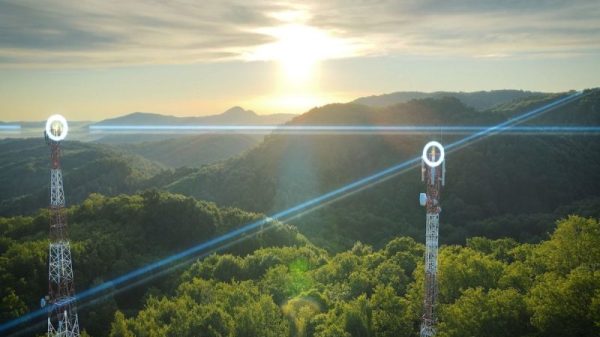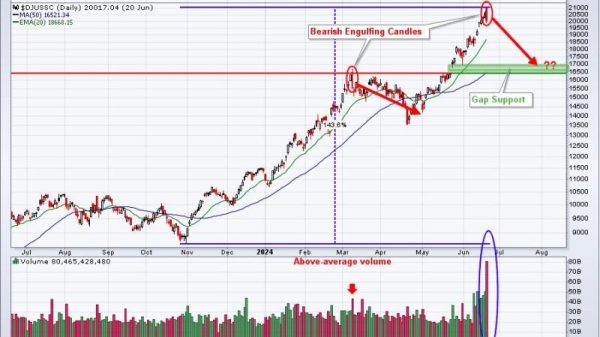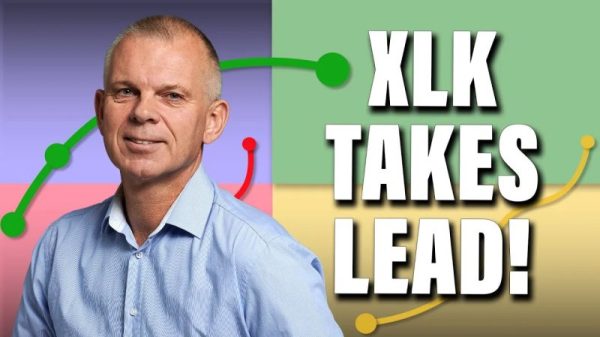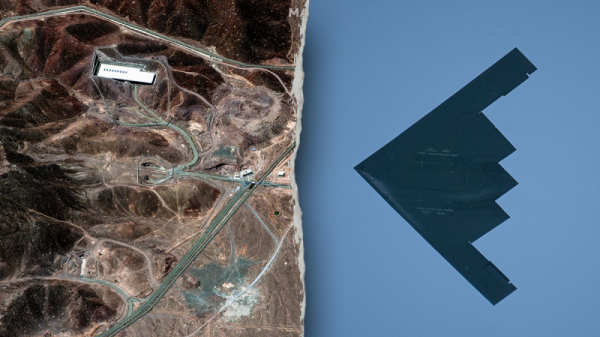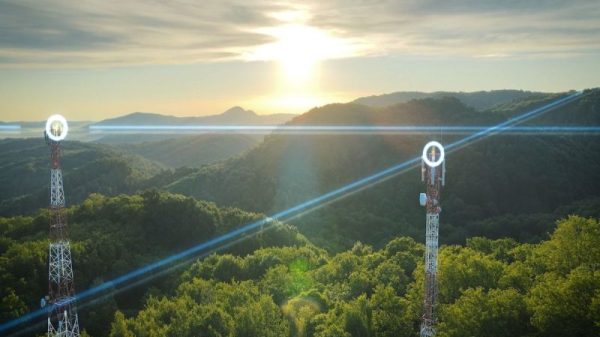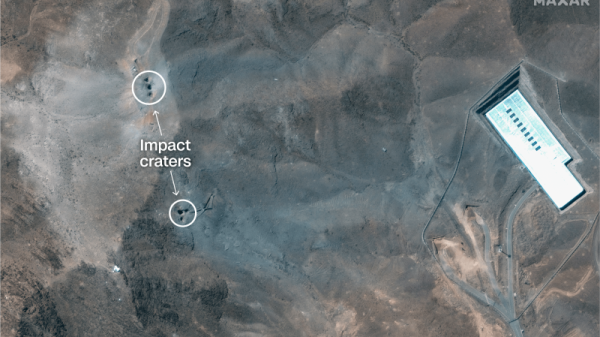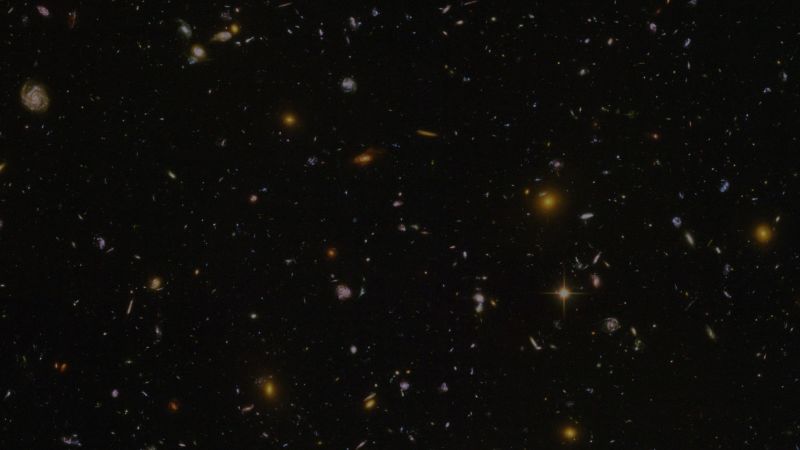When a total solar eclipse creates a spectacle in the skies over Mexico and North America on April 8, it will mark the first time such an event has occurred in this part of the world for nearly seven years — and the last time one will until 2044.
Total solar eclipses happen when the moon passes between Earth and the sun, completely blocking the sun’s face. But these celestial events aren’t all exactly alike.
While April’s eclipse has a path similar to the one that occurred on August 21, 2017, albeit moving in the opposite direction and covering more ground, there are quite a few differences between the two that make 2024’s occurrence one to anticipate, according to NASA. One key factor that sets this year’s event apart is who will be able to see it.
NASA estimates that 215 million adults across the US saw the 2017 eclipse directly or virtually.
“This year’s total solar eclipse will be at least partially visible to all in the contiguous United States, making it the most accessible eclipse this nation has experienced in this generation,” said Nicola Fox, associate administrator for NASA’s Science Mission Directorate, in a statement.
A longer, more visible eclipse
More people will be able to see the 2024 eclipse because the path of totality, or locations where people will witness the moon’s shadow completely covering the sun, will be wider. The moon’s distance from Earth varies as it orbits our planet, and during the 2017 total solar eclipse, the moon was farther away from Earth and caused the area of totality to be narrower, extending from about 62 to 71 miles (100 to 114 kilometers) wide.
But the moon will be closer to our planet during this year’s event, so the path its shadow will follow over North America is expected to stretch about 108 to 122 miles (174 to 196 kilometers) wide.
The path of the 2024 eclipse also passes over more densely populated areas and major cities than before. Only 12 million people lived within the area of totality for the 2017 eclipse, while nearly 32 million are in the 2024 path, and 150 million people live within 200 miles (322 kilometers) of it.
People outside the path of totality will still be able to see a partial solar eclipse, where the moon only blocks part of the sun’s face. A whopping 99% of those living across the US, including parts of Hawaii and Alaska, will be able to glimpse at least a partial solar eclipse without having to travel.
April’s eclipse will also have longer period of totality than 2017 because of the moon’s proximity to Earth. Totality is one of the shortest phases of an eclipse, and its duration is dependent on viewing location. Observers closest to the center of the path will experience the longest totality, and the length of that window decreases closer to the path’s edge.
In 2017, skygazers glimpsing the longest totality experienced it for two minutes and 42 seconds near Carbondale, Illinois.
This year, an area about 25 minutes northwest of Torreón, Mexico, will offer the longest totality at four minutes and 28 seconds, but people across Texas and even as far north as Economy, Indiana, will see totality that lasts longer than four minutes. And when the eclipse crosses into Canada, viewers can still expect to see totality for 3 minutes and 21 seconds.
The longest period of totality in recent history was seven minutes and 8 seconds, and it occurred west of the Philippines on June 20, 1955, according to the Guinness Book of World Records.
Want to know what you’ll see during the eclipse? Use our interactive map to determine where you’ll be in the path. And don’t forget to grab a pair of eclipse glasses to safely watch the event.
The great solar experiment
While the eclipse is a treat for sky-gazers, the event also offers scientists an opportunity to study the sun in unique ways. And April’s eclipse will allow scientists a special glimpse of the sun during one of its most active periods, called solar maximum.
The sun experiences a regular 11-year cycle of waxing and waning activity tied to when the star’s magnetic field flips. The 2017 eclipse occurred as the sun neared solar minimum, when the star experiences less activity.
Experts have predicted that solar maximum, the peak of solar magnetic field activity, will occur later this year. Scientists anticipate that exciting features resembling loops, streamers and bright curls will be visible in the sun’s hot outer atmosphere, known as the corona, when the moon blocks the star’s surface from view during the upcoming eclipse. The corona, which is fainter than the surface of the sun, is easier to see during an eclipse, allowing scientists to study it in greater detail.
It’s also possible that an eruption of material from the sun’s surface, called a coronal mass ejection, might be visible during the eclipse.
Several experiments will fly aboard NASA’s WB-57 high-altitude research aircraft during the eclipse to study the corona with the hopes of capturing new details about its structure across different wavelengths of light.




